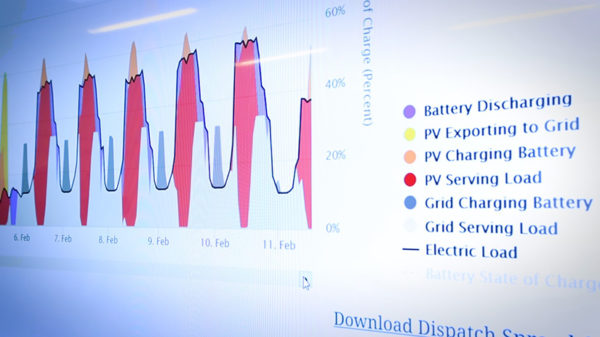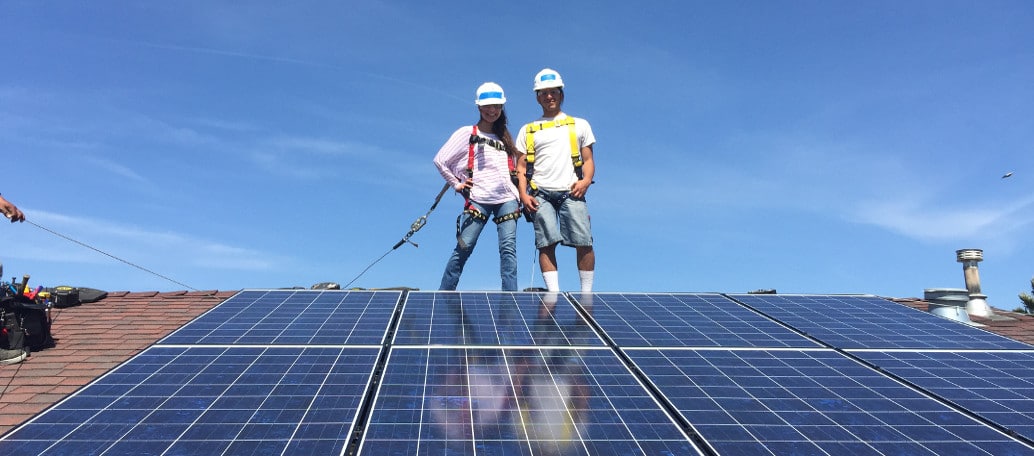The National Renewable Energy Laboratory (NREL) released updates to REopt, a platform for evaluating energy needs and calculating potential savings for buildings, campuses, communities, microgrids, and more. The user-friendly platform takes site-specific inputs and informs decision-makers on how to meet resilience or energy performance goals while maximizing energy cost savings.
The tool comes with newly expanded capabilities to track the potential change in carbon emissions on a more granular level. The tool already had the ability to display “year one” carbon emissions on an hourly level, but now adds the ability to examine the total life cycle emissions abated by the project. It factors in future changes in grid emissions intensity to better represent how the project will integrate with the wider energy ecosystem.
REopt now also offers a look into the health-related emissions abated from avoiding grid-purchased energy and on-site fuel burn. This is a key consideration in projects with a focus on energy justice, a practice dedicated to fighting disproportionate negative impacts energy infrastructure has on the well-being of lower-income communities.
Total potential cost savings as they relate to social, climate, and public health costs, broken down by the project’s emissions impacts on CO2, NOx, SO2, and PM2.5 are modeled by the tool. Commenting on the team’s findings using the tool, REopt team member and NREL engineer Amanda Farthing said, “…health-related emissions costs aren’t as frequently discussed as a social cost of carbon. It surprised me that those costs ended up being so substantial.”

Image: NREL
Additionally, least-cost pathways to achieve a desired renewable energy or emissions reduction target can be provided by REopt, which will quantify the associated investment and savings.
The REopt tool currently leverages the U.S. Environmental Protection Agency’s Avoided Emissions and Regeneration Tool, for hourly grid emissions profiles. NREL said it hopes to integrate this software with its own Cambium data sets, which project emission rate estimates through 2050 for the contiguous United States.
A version of the tool, REopt Lite, can be accessed for free through NREL.
This content is protected by copyright and may not be reused. If you want to cooperate with us and would like to reuse some of our content, please contact: editors@pv-magazine.com.









By submitting this form you agree to pv magazine using your data for the purposes of publishing your comment.
Your personal data will only be disclosed or otherwise transmitted to third parties for the purposes of spam filtering or if this is necessary for technical maintenance of the website. Any other transfer to third parties will not take place unless this is justified on the basis of applicable data protection regulations or if pv magazine is legally obliged to do so.
You may revoke this consent at any time with effect for the future, in which case your personal data will be deleted immediately. Otherwise, your data will be deleted if pv magazine has processed your request or the purpose of data storage is fulfilled.
Further information on data privacy can be found in our Data Protection Policy.